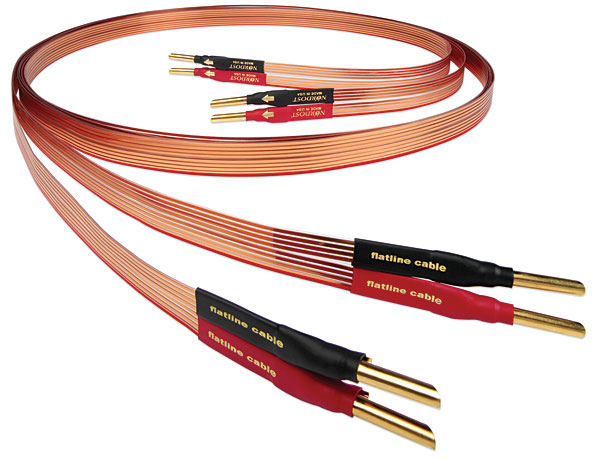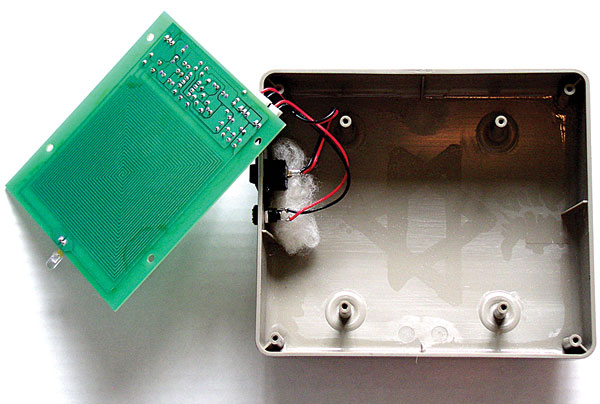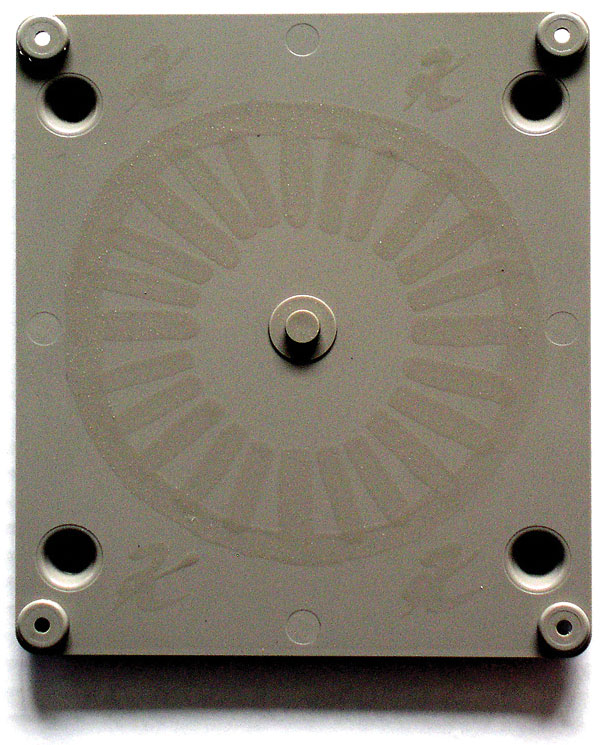| Columns Retired Columns & Blogs |
"There is, however, one glaring absence: Where are all the really affordable cables?"
Uhhhhhh people can easily MAKE their own. For those that can't or won't there is Blue Jeans Cable. http://www.bluejeanscable.com/ for a LOT less than the ones you quoted.
Oh now come on!......a Schumann Resonance device? It doesn't even connect to your system either I see. Magic stuff. Wouldn't a subwoofer tuned to 7.8Hz have a bigger affect? That little box can't do squat. Having said the above, what proof or measurements were done to see if the cables or little box did as claimed? That test with your daughter was very badly done by the way. A true SBT would have been better.
Sorry but I don't trust the way you "test" cables and little boxes. No controls and no real testing.












































